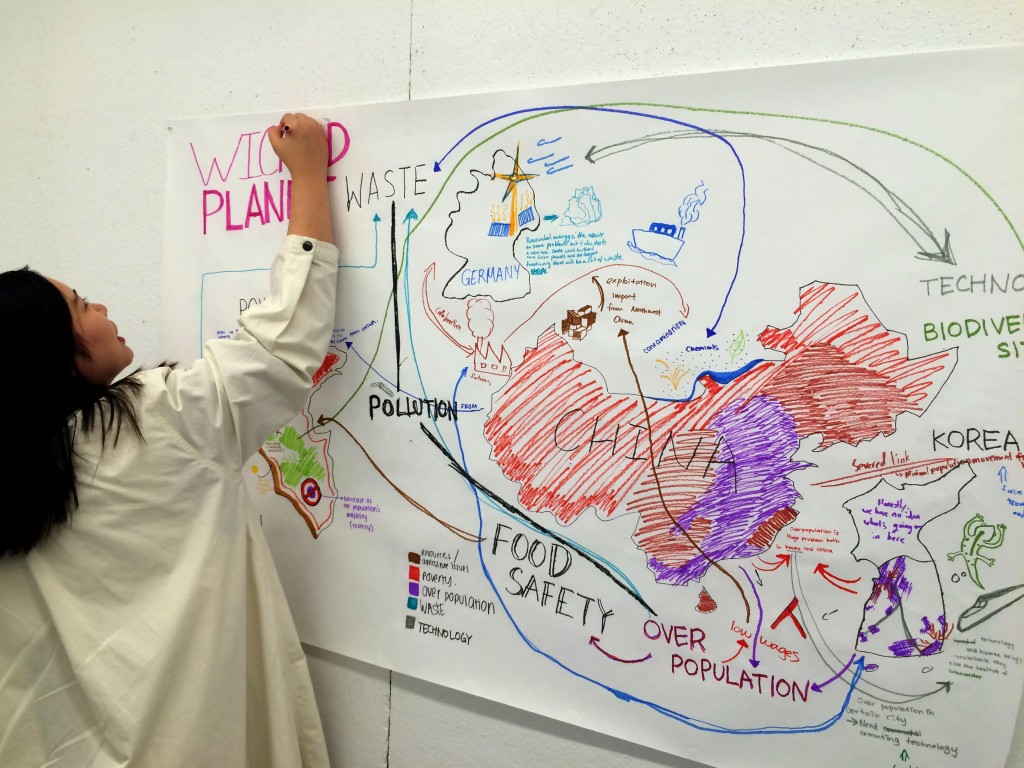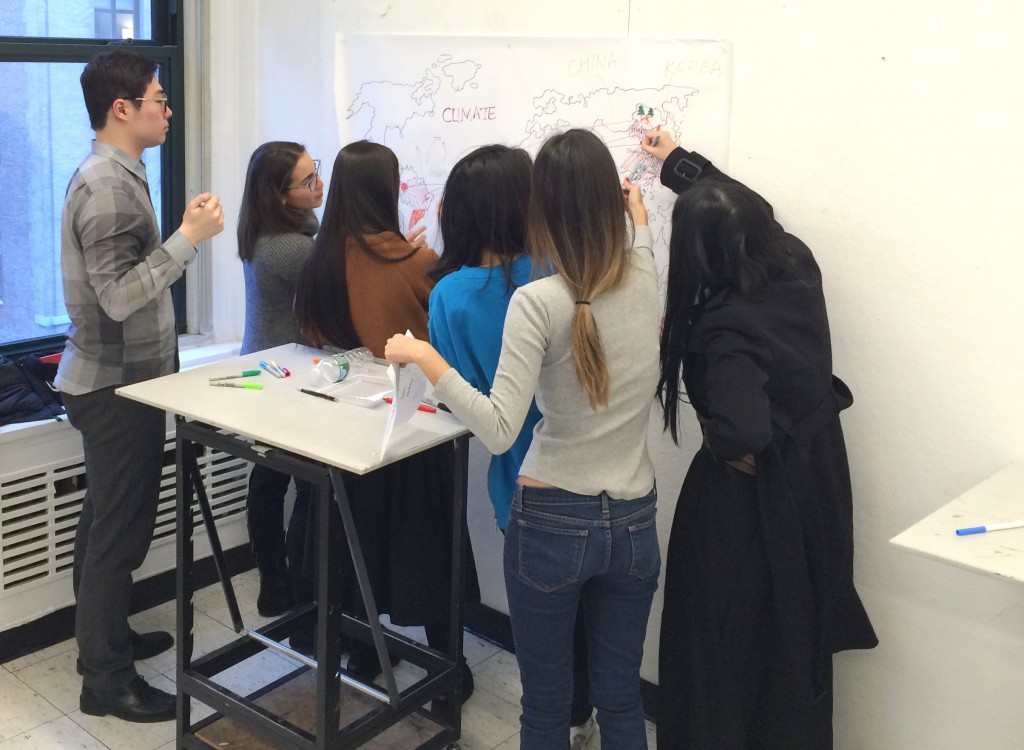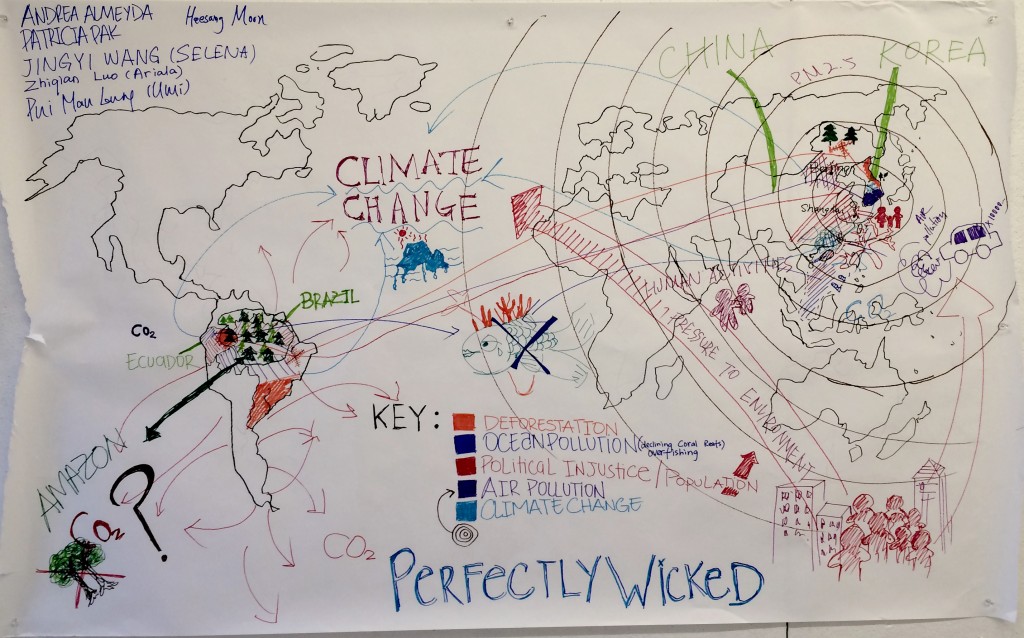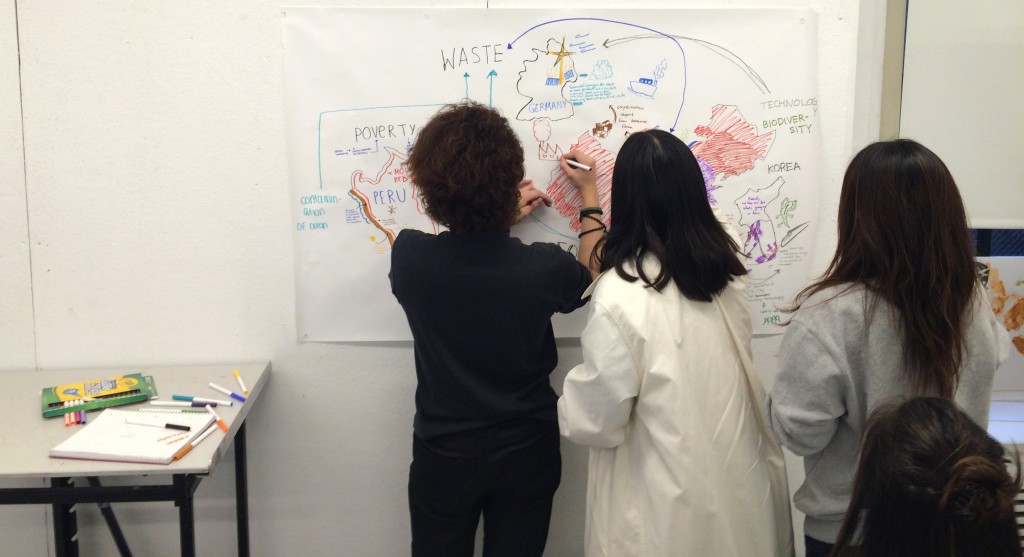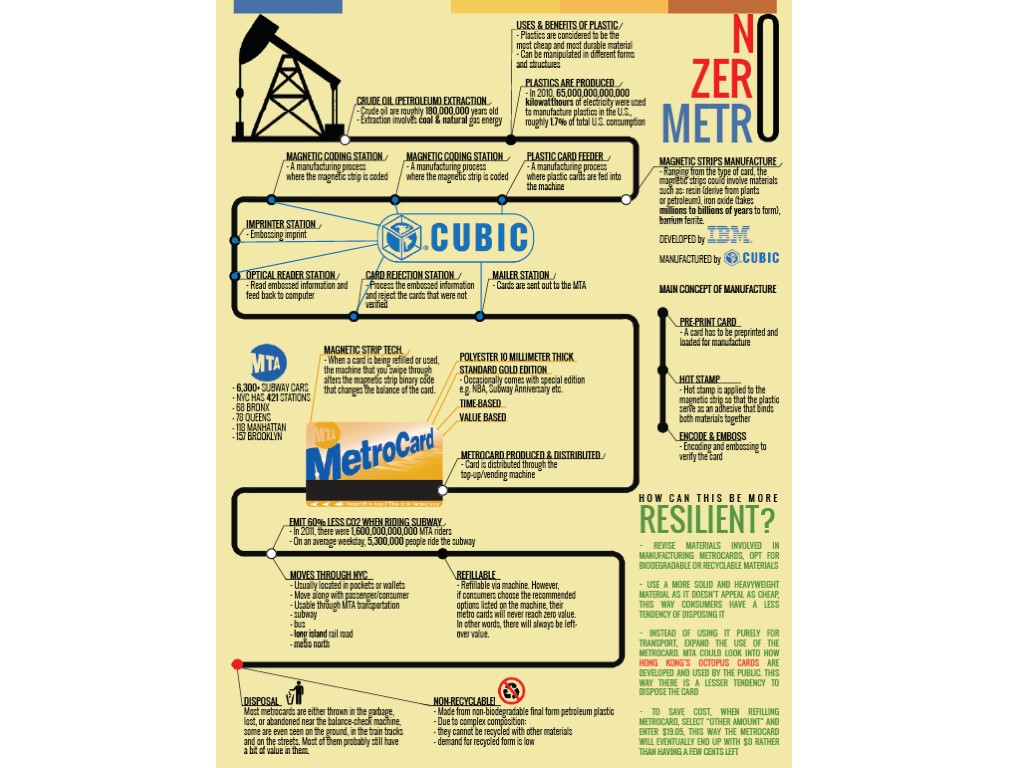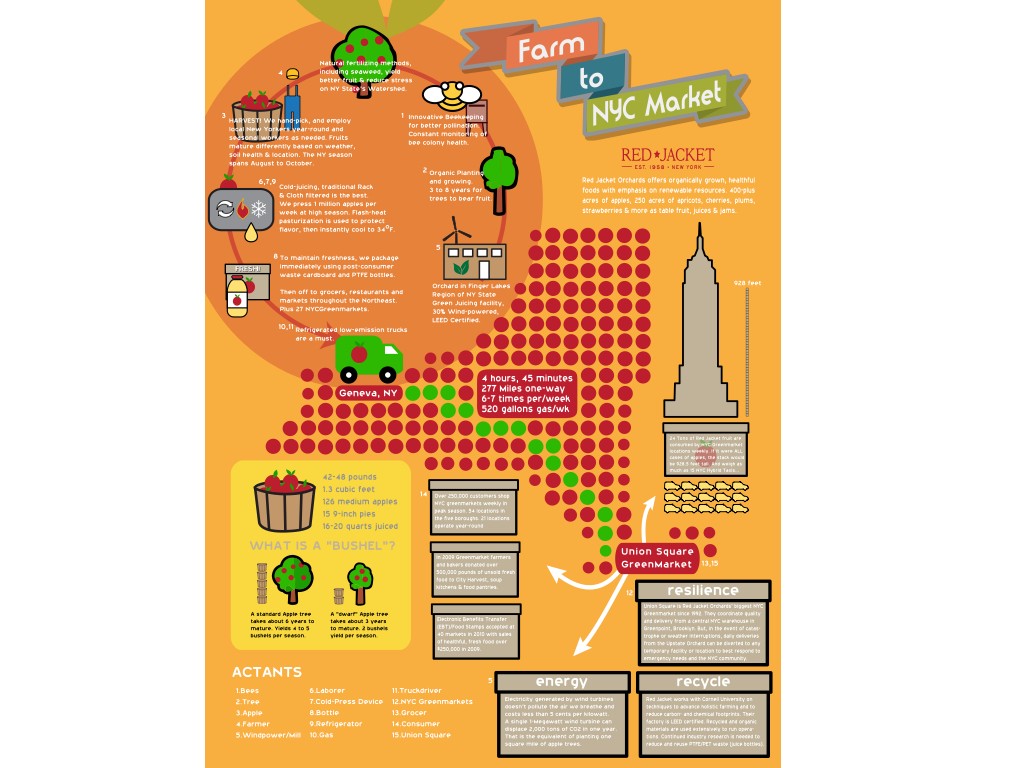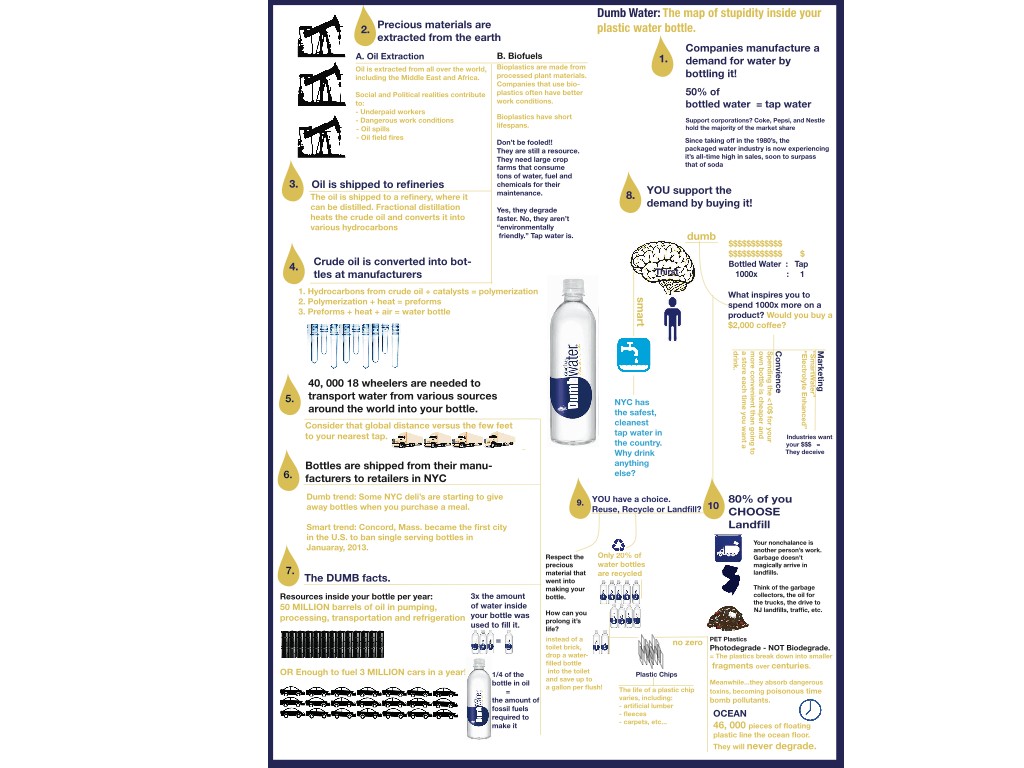Wicked Problems: a phrase originally used to describe a problem that is difficult or impossible to solve because of incomplete, contradictory, and changing requirements that are often difficult to recognize. The term ‘wicked’ is used, not in the sense of evil but rather its resistance to resolution. Because of complex interdependencies the effort to solve one aspect of a wicked problem may reveal or create other problems.
There are ten fundamental considerations when working with ‘wicked problems’:
1. ‘there is no definitive formulation of a wicked problem’;
2. ‘wicked problems have no stopping rule – there are no criteria for sufficient understanding because there are no ends to the causal chains’;
3. ‘the solutions given can never be considered ‘true’ or ‘false’ as in other disciplines but rather as ‘good’ or ‘bad’’;
4. ‘there is no immediate and ultimate test of a solution to a wicked problem’;
5. ‘there is no opportunity to learn by trial-and-error when dealing with wicked problems – every attempt counts’;
6. ‘every wicked problem can be approached from various points of enquiry’;
7. ‘every wicked problem is unique’;
8. ‘every wicked problem is part of another and at times more complex wicked problem’;
9. ‘the ways in which one chooses to explain a wicked problem determines the nature of its resolution’;
10. ‘when dealing with wicked problems the aim is not the truth but to improve some characteristic of the world’
– From, Depletion Design: A Glossary of Network Ecologies, Carolin Wiedemann & Soenke Zehle (PDF)
1) Research the topic of Wicked Problems and write a definition. Write a couple sentences on your LP about how the topic relates to design.
2) Read the following article, Signs of a Human Age. Research and write a definition of the Anthropocene, include 10 planetary systems that are affected by it.
3) The Anthropocene has not yet been officially name the next geologic epoch, do you think think the next era should be called the Anthropocene? Why or why not?
4) How do you think designers have contributed to the Anthropocene?
5) Write a few sentences that describe a specific, material example of a wicked problem in your home country (such as a particular object, material, building project, dam, mine, type of agricultural practice, loss of species etc.)? Include images in your post and cite your references. Come to class prepared to present this example to your peers. You do not need to print this out, but can share your example on your Learning Portfolio next week.
6) What questions do you have about wicked problems and the Anthropocene?
See artists:
Edward Burtynsky’s Manufactured Landscapes, movie and photography.
NO ZERO:
The concept of no zero means that changes and interactions can continue endlessly — that there is no ending to how things affect each other.
Even as materials change forms they are not “gone.” In this way, we can think of MATERIALS as EVENTS.
There is no “zero” only degrees and scales of impact. What does sustainability mean then, when there is “no away”?
When we throw something “away” or a material changes form, it and/or its effects go somewhere setting up new situations and potentials — and sometimes creates outcomes that designers didn’t anticipate. Whether these outcomes are “good” or “bad” is determined more by what we (humans) have a stake and why, and if we are able to move with change in resilient ways.
How might designers anticipate, account for and communicate these complex interactions to the public?
If we don’t aim for zero, what might we aim for instead?
Designing for resiliency means acknowledging that changes will continue to occur in highly complex, often unpredictable ways. Designers need to be responsive to change, aim to lessen long-term impacts and keep futures open to reconsideration and other/new design practices as they evolve.
No Zero posters:
Watch the following 18 minute video on the journey of a plastic bag:
Make a drawing/map of this bag’s journey and the people, animals and forces it interacts with.
Have your drawing ready to present in our next class.
Prepare answers to the following questions and have them ready to present alongside your drawing:
1) After watching this video, how will you think differently about using plastic in your design work?
2) Is plastic a resilient material? Is plastic a sustainable material? What is the difference in this context?

